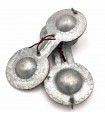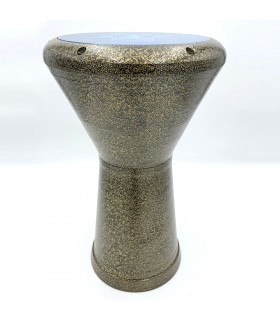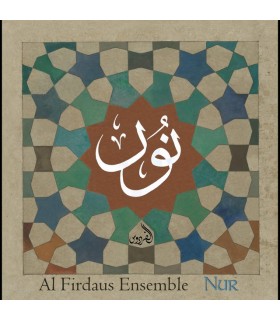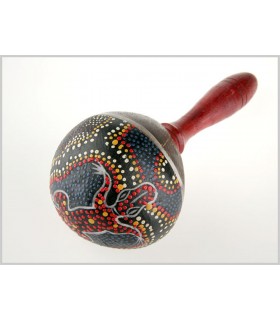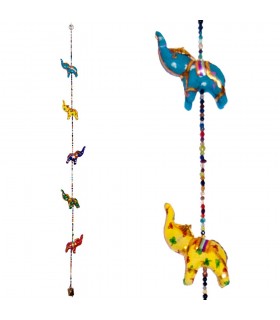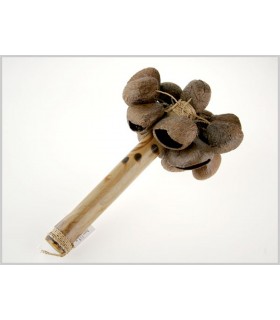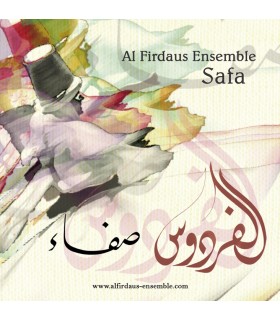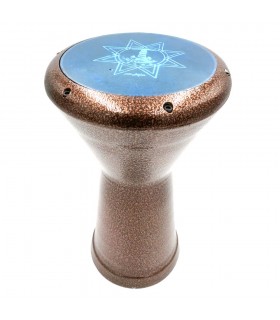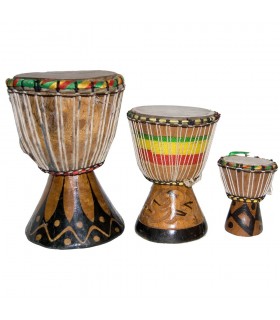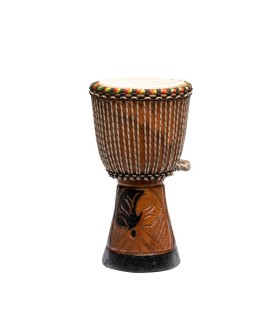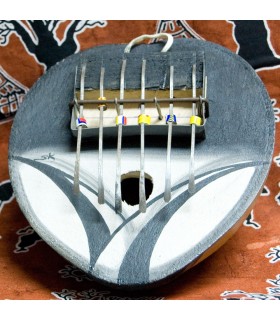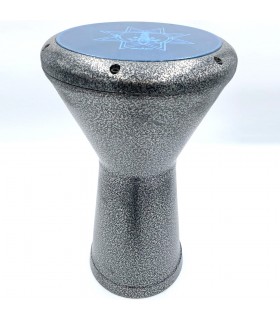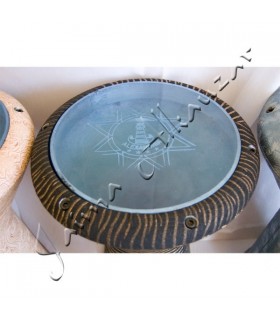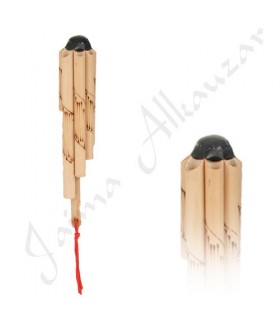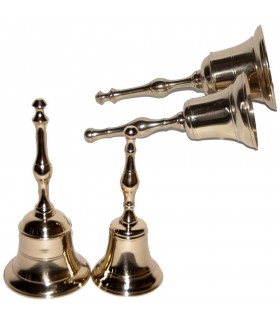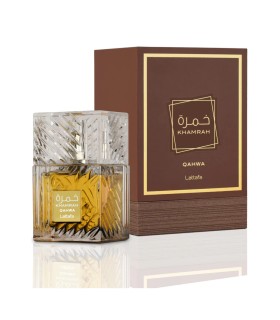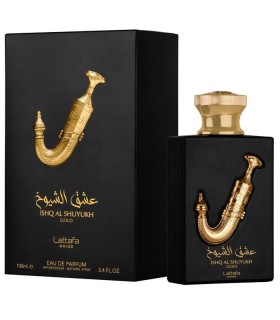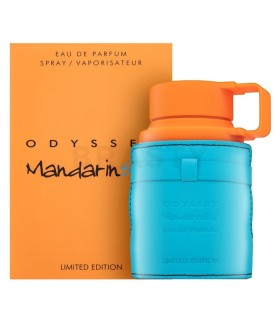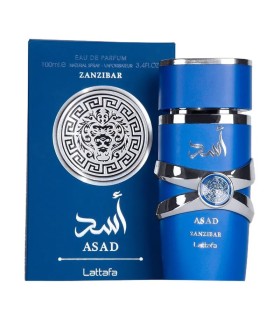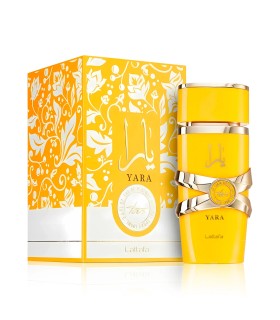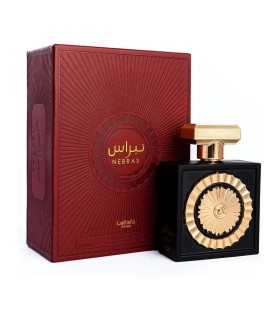Pack of 2 pairs (4units)
Musical crotalos, finger cymbals, finger cymbals, chimchines, finger timpani, zills or zaggat, are small typical percussion instruments made of bronze, which are tied by means of rubber bands, to the flea and heart fingers, with which the dance dancers of the belly or similar highlight their movements.
Measures:
4.5cm diameter
Pack of 2 pairs (4units)
Musical crotalos, finger cymbals, finger cymbals, chimchines, finger timpani, zills or zaggat, are small typical percussion instruments made of bronze, which are tied by means of rubber bands, to the flea and heart fingers, with which the dance dancers of the belly or similar highlight their movements.
Crotalos, Cymbals, Zills, Zils, finger castanets, finger cymbals (from the Turkish zil, "cymbals") are small metal cymbals used in belly dancing and similar performances.
They are called sājāt (صاجات) in Arabic. They are similar to Tibetan tingsana bells. In Western music, multiple pairs of Crotalus can be set in a frame to make a tambourine.
A set of cymbals consists of four cymbals, two for each hand. Modern Pit Vipers come in a variety of sizes, the most common being about 5 cm in diameter. Different sizes and shapes of Crotalus will produce sounds that differ in volume, pitch, and resonance. For example, a dancer performing with an orchestra will use a larger Crotalus with more volume, while a cabaret dancer will use finger castanets or finger cymbals, with a more delicate sound.
Finger cymbals or finger castanets belong to the standard instruments used in Ottoman military bands and occasionally also appear as part of western orchestra or other musical performances. In these cases, musicians often call them finger cymbals and use them for a ringing sound with "Middle Eastern" associations. Finger cymbal drummers sometimes use a less complicated technique than the traditional one used by belly dancers or the like. The musician holds a cymbal in each hand by grasping the strap between the thumb and forefinger, and plays them by hitting the rims. They use this technique for occasional flourishes in music rather than complex rhythms and sounds. For more intricate rhythms, an orchestral player can attach a cymbal to both his thumb and index finger. Then placing that hand between their other hand and the knee, the player will alternate between hitting the knee and the opposite hand. Each of the movements produces an articulation of the cymbals.
There are many rhythms in belly dance music that can be spelled out on the beat of the cymbal.finger balls
Measures:
4.5cm diameter






